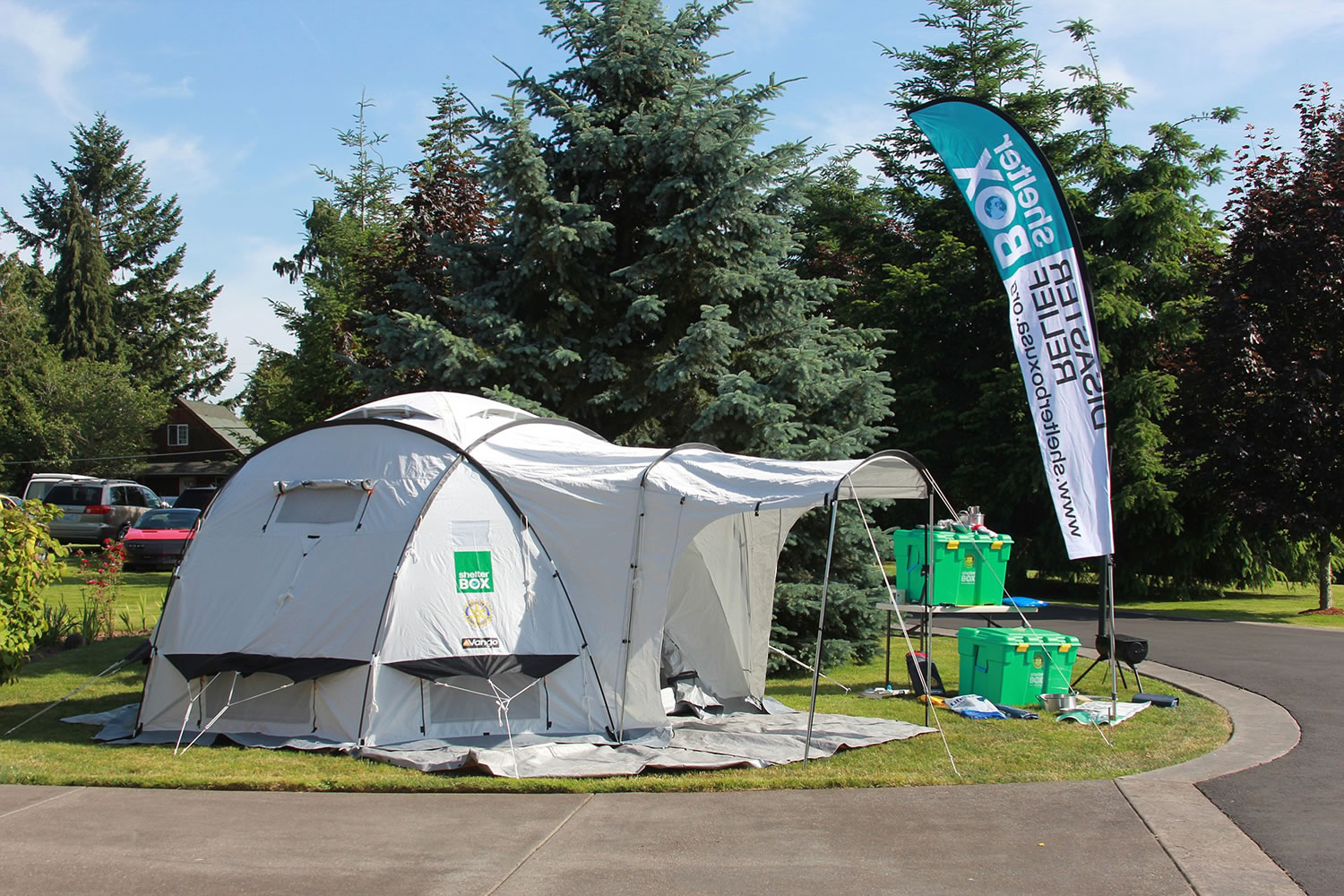John Cordell was recently in a far-off place that reminded him very much of home.
The Felida resident, a retired Portland police detective, was in southern Chile to help out after the eruption of a volcano called Calbuco. Calbuco is about 45 miles northeast of a major city, Puero Montt, and it erupted dozens of times throughout the 1800s and 1900s. Then all was quiet, for four decades — until April of this year, when suddenly there were three eruptions in eight days. The first was big enough to send a plume of ash miles into the sky and lava flowing into a nearby lake. Four thousand people were evacuated from the volcano zone.
“In many ways, it was identical to the eruption of Mount St. Helens,” Cordell said. There was plenty of minor damage to local homes from ashfall, he said, but fixing that is a matter of repairing roofs and shoveling ash, he said. Other homes were destroyed by lava flows and mudslides, he said, requiring the relocation of hundreds of people.
That’s where ShelterBox, the international relief organization that Cordell has volunteered for since 2009, comes in. Shelterbox aims to respond as quickly and smartly as possible to disasters with repair supplies, survival kits and emergency shelters, he said.




